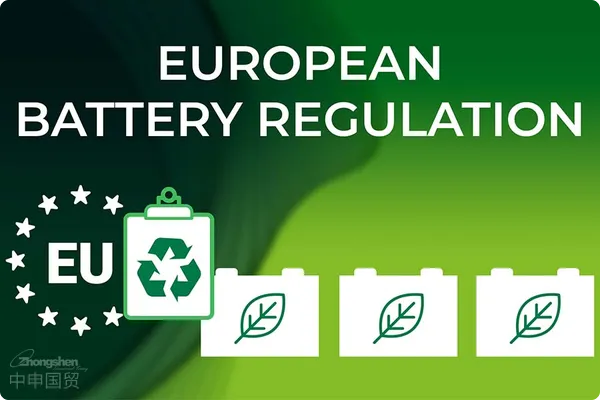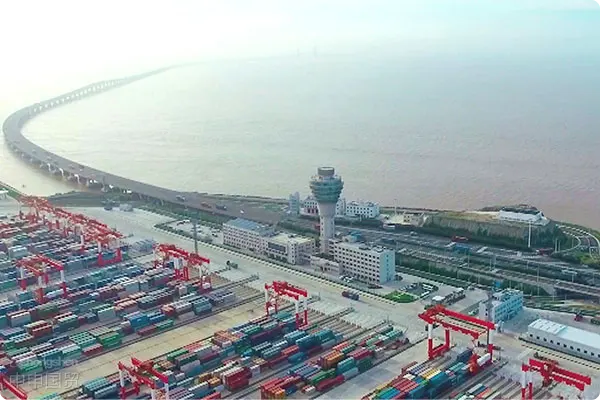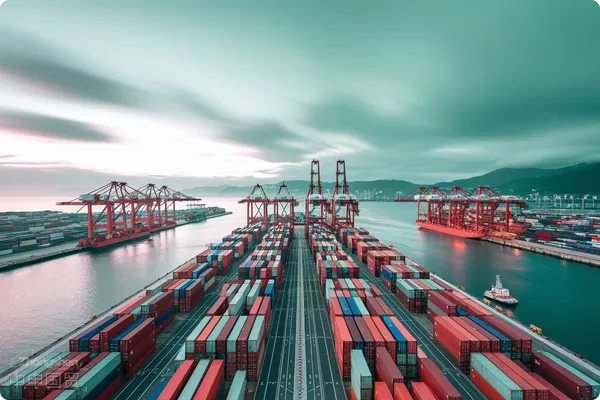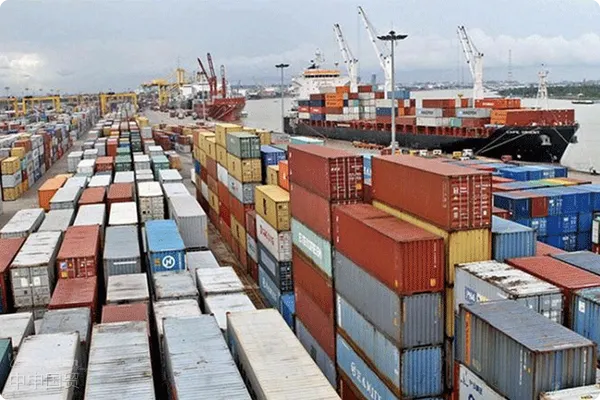- Shanghai Zhongshen International Trade Co., Ltd. - Two decades of trade agency expertise.
- Service Hotline: 139 1787 2118
On August 17, 2024, the EUs New Battery Regulation (2023/1542) officially came into effect. The regulation systematically addresses the entire lifecycle of batteries, setting management requirements for raw material extraction, manufacturing, reuse, and recycling. This regulation will significantly impact market access, operator responsibilities, information disclosure, and waste recycling for battery products exported to the EU. This article provides a detailed interpretation of the regulations main content and response strategies.

I. Battery product classification and market access requirements
The EUs New Battery Regulation classifies battery products into five categories:
- Portable batteries
- Starter/Lighting/Ignition (SLI) batteries
- Light Means of Transport (LMT) batteries
- Industrial batteries
- Electric vehicle batteries
The new regulation requires different categories of battery products to meet varying market access conditions and specifies transition periods for each product type. All products must comply with relevant EU standards and obtain CE certification before entering the EU market.
II. Operator responsibilities
The EUs New Battery Regulation clarifies the obligations of operators at various stages, including manufacturers, agents, and distributors, with particular emphasis on manufacturers responsibilities. Key obligations include:
Mandatory information disclosure obligations
Manufacturers must disclose the following information:
- Basic performance parameters of the product
- Basic information about the manufacturer
- Health status parameters during product use, key substance content, energy density, expected cycle life, etc.
Additionally, the new regulations introduce the concept of digital passports, requiring each electric vehicle battery, industrial battery with capacity exceeding 2kWh, and light transport battery to provide a digital passport disclosing detailed information such as basic performance indicators, chemical composition, cycle life, and carbon footprint.
Mandatory product recycling obligations
Manufacturers shall bear primary responsibility for the recycling, transportation, and treatment of waste batteries. Specific recycling requirements are as follows:
- Portable batteries:
- By December 31, 2023, the recycling rate shall reach 45%
- By December 31, 2027, the recycling rate shall reach 63%
- By December 31, 2030, the recycling rate shall reach 73%
- Light Means of Transport (LMT) batteries:
- By December 31, 2028, the recycling rate shall reach 51%
- By December 31, 2031, the recycling rate shall reach 61%
- SLI batteries, electric vehicle batteries, industrial batteries:
- Manufacturers must establish independent waste battery recycling systems and bear the costs associated with disassembly, transportation, and recycling.
III. Battery recycling rates and carbon footprint requirements
Recycling rate for electrochemical system waste batteries
- By December 31, 2025:
- Lead-acid batteries: Recycling rate not less than 75%
- Lithium batteries: Recycling rate not less than 65%
- Nickel-cadmium batteries: Recycling rate not less than 80%
- Other batteries: Recycling rate not less than 50%
- By December 31, 2030:
- Lead-acid batteries: Recycling rate not less than 80%
- Lithium batteries: Recycling rate not less than 70%
Material recycling rate
- By December 31, 2027:
- Cobalt, copper, lead, nickel: Recycling rate not less than 90%
- Lithium: Recycling rate not less than 50%
- By December 31, 2031:
- Cobalt, copper, lead, nickel: Recycling rate not less than 95%
- Lithium: Recycling rate not less than 80%
Carbon footprint requirements
Manufacturers of electric vehicle batteries, rechargeable industrial batteries, and light transport batteries must disclose carbon emission data covering the entire lifecycle from raw material extraction and manufacturing to transportation and recycling. Only products meeting carbon footprint limits will be permitted in the EU market.
IV. Coping Strategies
Prepare a compliance plan in advance
Battery export enterprises should familiarize themselves with the new regulations requirements as soon as possible, particularly regarding product information disclosure and recycling system construction, to ensure compliance within the stipulated transition period.
Improve product design and supply chain management
Enterprises must conduct comprehensive product evaluations and optimize battery design to improve recycling rates and cycle life. Simultaneously, they should strengthen supply chain management to ensure raw materials meet environmental and carbon footprint requirements.
Establish a recycling system
To comply with the new regulations recycling requirements, enterprises must establish comprehensive waste battery recycling systems and collaborate with relevant recycling agencies to ensure all battery types are recycled and processed in accordance with EU standards.
Collaborate with professional certification bodies
Enterprises may cooperate with certification bodies to ensure products obtain CE certification and meet EU market access conditions, guaranteeing smooth export operations.
V. Summary
The implementation of the EUs New Battery Regulation presents challenges for Chinas battery export enterprises while accelerating the industrys transition toward environmental protection, low-carbon practices, and efficiency. Enterprises must take measures across compliance requirements, product recycling, and supply chain management to actively address regulatory changes and maintain competitiveness in the global market. As a battery export enterprise, are you prepared to meet this challenge? Developing compliance plans early, optimizing product design, and establishing robust recycling systems will help you successfully enter the EU market and gain advantages in the green economy.
We hope this article helps industry professionals understand the EUs New Battery Regulation and provides reference for companies formulating response strategies.
Related Recommendations
? 2025. All Rights Reserved. 滬ICP備2023007705號-2  PSB Record: Shanghai No.31011502009912
PSB Record: Shanghai No.31011502009912










